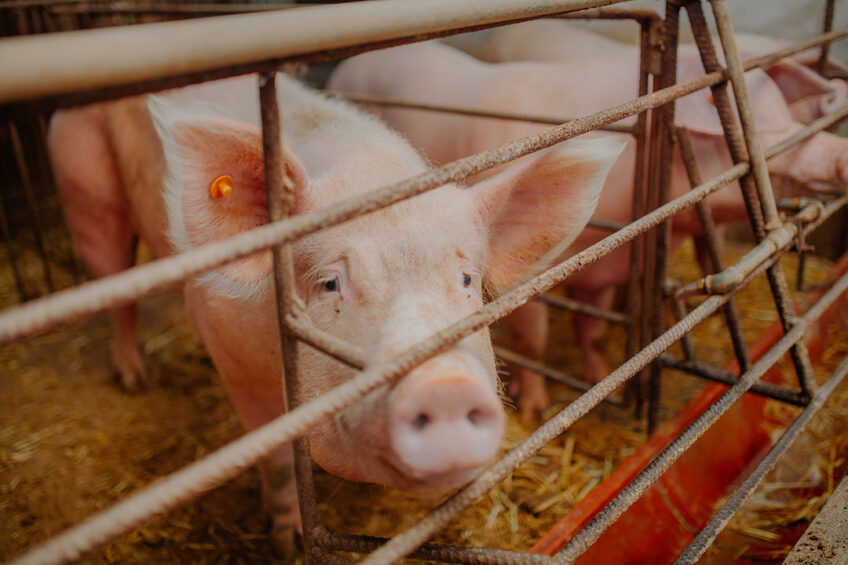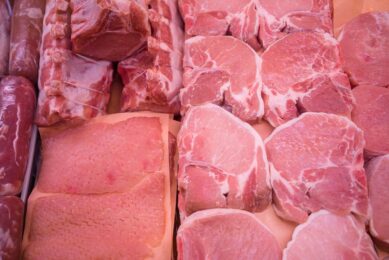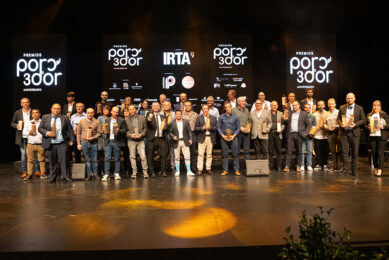US regulation of concentrated pig farms remains the same

The Environmental Protection Agency (EPA) of the United States has decided that regulation of concentrated animal feeding operations (CAFOs) will not be intensified for now.
This decision was greeted with relief by Scott Hays, president of the National Pork Producers Council (NPPC). “America’s pig farmers applaud the…denial of 2 baseless petitions seeking dramatic changes to a long-standing and well-designed regulatory system to protect the environment and provide affordable food for the world.”
“Farmers work hard every day to adopt climate-smart farming practices by promoting soil health, conserving water, using nutrients efficiently and caring for our animals… We look forward to working cooperatively with EPA and all stakeholders as we continue to work to preserve and protect our farms and lands for future generations.”
Petition details
The 2 petitions filed with the EPA that seek tighter CAFO regulation came from environmental and community groups. The petitions contain concerns related to what is described as manure and “pollutants” being released into waterways.
One petition was filed in 2017 by groups including ‘Food and Water Watch’ and the ‘Center for Food Safety.’ The other petition was filed in 2022. Additionally, in 2020, several US Senators introduced the Farm Systems Reform Act, that if ever passed, would see CAFOs eliminated by January 1, 2040. The bill sits idle at present.
EPA response
After considering these petitions, the EPA has decided not to change regulations at this point but instead to further investigate the issues raised through an advisory subcommittee. This new group is called the Animal Agriculture and Water Quality Subcommittee, part of the existing Farm, Ranch and Rural Communities Committee.
The EPA states that “a comprehensive evaluation is essential before determining whether any regulatory revisions are necessary or appropriate.” The subcommittee will comprise agricultural representatives, environmental groups, researchers and others, and aims to develop recommendations for updating CAFO regulation by 2024 or 2025.
CAFO definitions
In the US, there are CAFOs for swine, cattle, veal calves, sheep, poultry and horses. They were first defined in federal law in 1976. For swine over 55 lbs (25 kg), large CAFOs house 2,500 or more pigs, medium ones hold 750 to 2,499 pigs and small ones hold less than 750 pigs. For swine under 55 lbs, large CAFOs hold 10,000 or more animals, medium 3,000 to 9,999, and small, less than 3,000.
However, the numbers of cattle, birds and so on held at a CAFO are different than for swine. This is because large, medium and small CAFOs are defined by number of ‘animal units’ they hold and not animals, where each animal unit is 1,000 lbs (454 kg) of live weight.
 Beheer
Beheer








 WP Admin
WP Admin  Bewerk bericht
Bewerk bericht